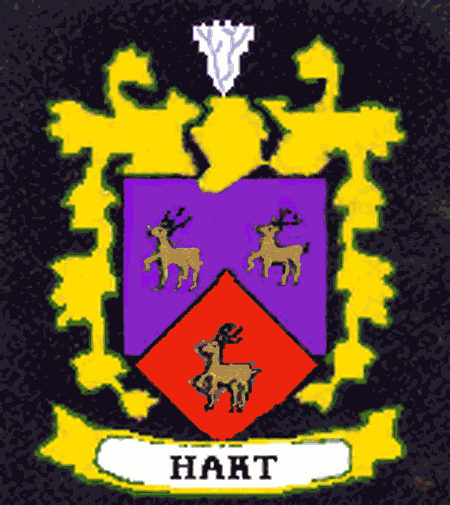

A variety of situations may arise where one must survive in a desert area. The principle problems relate to adequate water supply and high temperatures.
Dehydration is the major problem in the arid environment. Never conserve water by rationing it. Thirst is the body's way of saying it is loosing water faster than you are replacing it - respond by drinking - even if it is your last drop. The bodies metabolic activities take place at about 99oF. The prime method of cooling the body to this temperature is sweating. Hence the need for water replenishment. An internal increase of 5-7oF can be fatal. Under strenuous, hot conditions the body can loose one [1] quart of liquid per hour; although it is normally less and for normal work in the field 0.5 quart per hour is a reasonable working figure. Thus in the field you need to replenish with 0.5 quart each hour.
Note: in an arid climate sweating may NOT be visible on the skin. Thus drink at regular intervals instead of waiting until you are thirsty - you can dehydrate rapidly and not feel thirty. To conserve water avoid sweating and breath through your nose; cover the body, try to avoid the wind.
DETERMINE YOUR PERSON WATER NEEDS. This is done by starting out with more water than you need. - say 6 quarts. Keep a note of the terrain, temperature and time. Note how much water you have left at the end of the day. The next day adjust to the amount taken according to previous experience. In the warm temperate areas one can usually manage with 3 quarts if you drink one quart before starting out and one quart upon return. One trick is to drink as much water as you can hold prior to starting out. Wait 15 minutes and then urinate. Then once more drink as much water as you can hold. On a reasonably cool day it is possible to comfortably last the whole day without feeling much thirst.
A day with a >90oF is classified as hot. Heat when combined with lack of water, low salt intake, wind and sunburn, exercise and stress can prove fatal. Acclimatization helps to reduce heat problems: this takes at least 3-days and usually about one week in an area such as the Front Range of the Rocky Mountains for people who come from sea-level.
Note: if you can handle about 8 quarts of water a day and about 3 grams of salt you will probably avoid heat problems. Individuals with any kind of cardio-vascular disease, such as diabetes are more susceptible to head problems. Large does of amphetamines and LSD have been implicated in some heat stroke deaths.
Most heat gets into the body through the eyes!
Wear good sun glasses.
Heat exhaustion: This is a physiological disorder, similar to fainting with rapid heart rate, and perhaps nausea, vomiting, headache and restlessness as symptoms. Temperature of the body is not higher than normal and may actually be lower. The problem is not normally serious within itself.
Treatment: get into the shade and take salty fluids.
Heat stroke: This results from inadequate sweating. Normally the rate of sweating reduces with activity in a heat environment. Respiration can get so low that the heat regulatory mechanism breaks down - the onset may be rapid. The victim becomes confused and when the body temperature gets to 105oF death can follow rapidly.
Treatment: Cool the body as rapidly as possible. All untreated cases are fatal due to brain damage.
Heat stroke is one of the few true medical emergencies experienced in the field.!
Heat cramps: Severe spasmodic contractions of muscles, usually legs and abdomen that may last up to 15 minutes.
Treatment: Stretch the legs.
Sun blindness: This is very rare, but can be serious when it occurs - wear sunglasses and a hat with a brim. It is accentuated during periods of high glare.
Cacti are the most irritating problem in arid areas . Wear long trousers and long sleeved shirts in the field.
Treatment: use a hand lens and tweezers.
Rattlesnakes: about 10 people die each year from snake bites in the USA.
Treatment: keep quite, no alcohol, get to a physician. Unless the bite is directly into a blood vessel there is plenty of time [hours] to get treatment so stay calm and move slowly.
Scorpions: the 3 inch long Bark Scorpion [Centruroides sculpturatus] is the main culprit in the USA. During a 30 year period in Arizona scorpions killed 3 people for every 1 rattlesnake death! With medical treatment the bite of a scorpion is not usually fatal. Remember to shake-out boots, socks and bedding before using. Do not turn-over rocks with your hands: use a stick, knife or rock hammer.
Never walk barefoot!